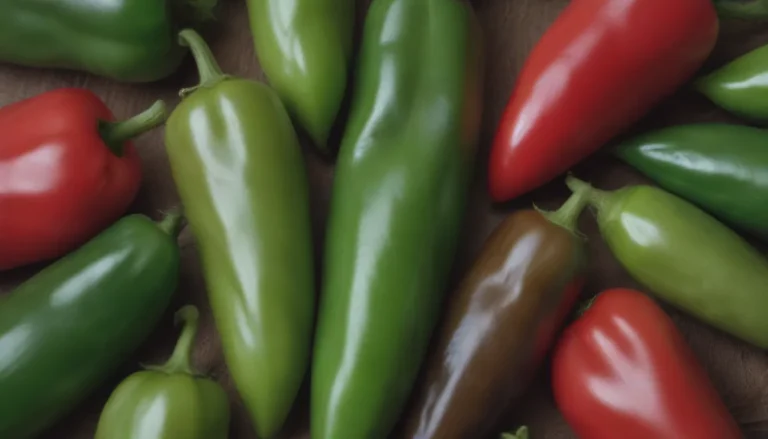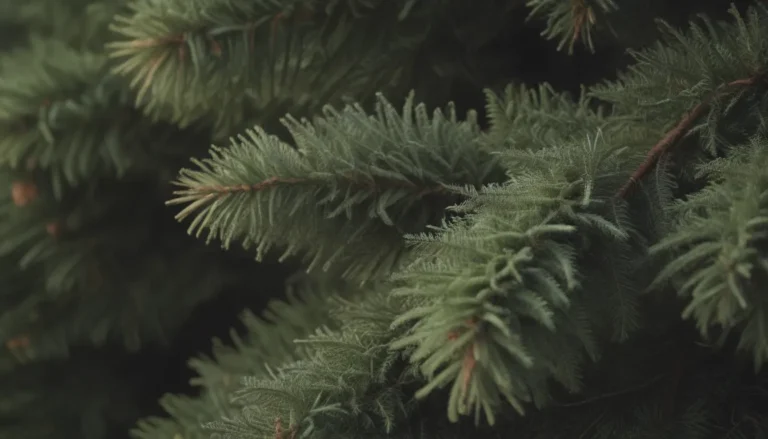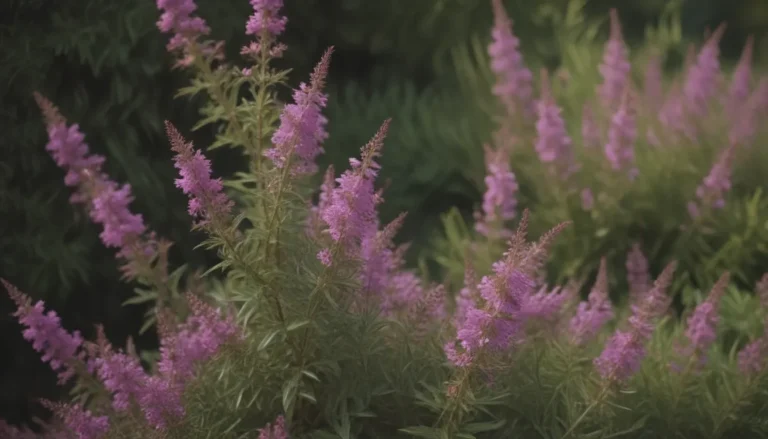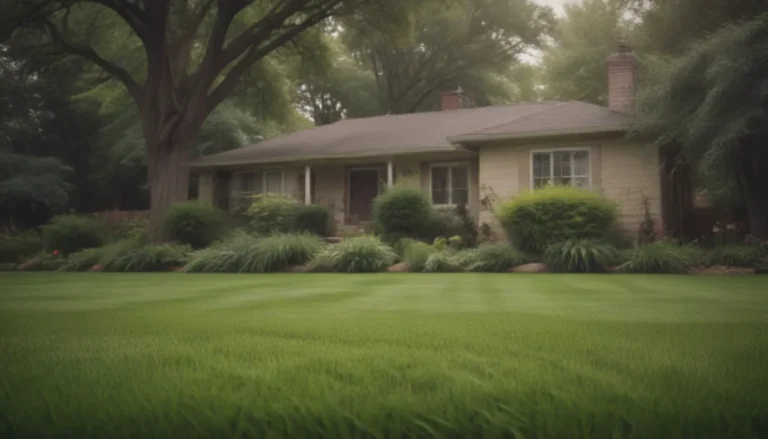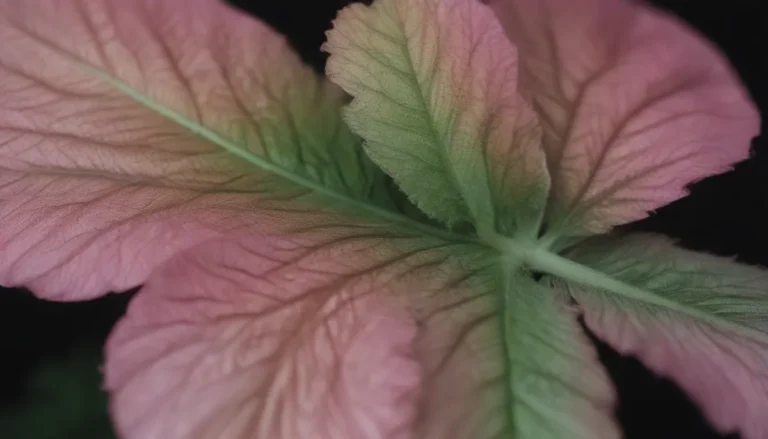Identifying and Managing White Flower Weeds: A Comprehensive Guide

Are you struggling with an invasion of weeds with white flowers in your yard? While some of these white-flowered plants might be pleasant to look at, others can wreak havoc on your garden. It’s essential to identify these weeds properly to determine whether you should keep them or eradicate them. In this detailed guide, we’ll delve into ten common white flower weeds, providing you with valuable information on each plant’s characteristics, benefits, and potential threats. By the end, you’ll be equipped with the knowledge you need to make informed decisions about managing these pesky invaders.
Japanese Knotweed (Polygonum cuspidatum)
Japanese knotweed, also known as “fleeceflower,” boasts fuzzy white flower clusters that bloom in the fall. Originally imported from Japan as an ornamental plant, Japanese knotweed has become one of the worst invasive species in North America. While its flowers are attractive to pollinators, the plant’s invasive nature can quickly overtake your yard. Be sure to remove the dried canes after the growing season to prevent it from spreading.
- Light: Full sun to partial shade
- Mature Size: Up to 10 feet tall
Narrow-Leaf Plantain (Plantago lanceolata)
Narrow-leaf plantain is a less common perennial with lance-shaped leaves that grow in a clump. Though it may not pose a significant threat compared to other weeds, it can still be a nuisance in your garden.
- Light: Full sun to partial shade
- Mature Size: Up to 2 feet tall
Pokeweed (Phytolacca americana)
Pokeweed features toxic purple berries that can be harmful to children and livestock alike. The plant produces small white flowers in racemes before bearing the berries. Its unpleasant smell and toxic nature make it a weed to be wary of in your yard.
- Light: Full sun
- Mature Size: Up to 10 feet tall
Queen Anne’s Lace (Daucus carota)
This biennial weed, also known as Wild Carrot, boasts a delicate lacy appearance and a carrot-like taproot. While its white flowers may be charming, Queen Anne’s Lace spreads aggressively through reseeding. Regularly check for this plant in your yard and remove it promptly to prevent it from taking over.
- Light: Full sun
- Mature Size: Up to 4 feet tall
Wild Violet (Viola sororia)
Native to North America, wild violets come in various colors, including white. While some may consider them weeds, others appreciate them as wildflowers. To control their spread, remove the blooms by hand and inspect your lawn regularly.
- Light: Partial shade
- Mature Size: Up to 12 inches tall
White Clover (Trifolium repens)
Often mistaken as a lawn weed, white clover, a member of the pea family, actually benefits lawns by adding nitrogen to the soil naturally. Easily identified by its distinctive three-part leaf, white clover produces clusters of small white flowers in the spring and summer.
- Light: Full sun to partial shade
- Mature Size: Up to 8 inches tall
Common Chickweed (Stellaria media)
A cool-season annual, common chickweed sprawls across the ground, forming dense mats throughout the growing season. Its open-and-close flowers and hairy stems make it a recognizable and prolific weed that can quickly take over your lawn.
- Light: Partial shade
- Mature Size: Up to 6 inches tall
Hedge Bindweed (Calystegia sepium)
Hedge bindweed, also known as Wild Morning Glory, is an invasive species that coils around objects for support as it grows. To prevent it from spreading, remove it before it goes to seed either by hand-pulling or using herbicides.
- Light: Full sun to partial shade
- Mature Size: Vines up to 10 feet long
Bishop’s Weed (Aegopodium podagraria)
Bishop’s weed, often used as a ground cover due to its vigorous spreading capabilities, can quickly become invasive in your garden. As an alternative, consider planting the variegated version, which is less aggressive.
- Light: Full sun to full shade
- Mature Size: Up to 18 inches tall
Jimson Weed (Datura stramonium)
Known for its fragrant trumpet-shaped flowers, Jimson weed is a toxic and invasive annual plant that blooms from late summer to mid-fall. Be cautious with this plant due to its toxicity, especially if you have children or pets around.
- Light: Full sun
- Mature Size: Up to 4 feet tall
Now that you’re armed with knowledge about these ten white flower weeds, you can make informed decisions about how to manage them in your yard. Remember to keep a close eye on your garden and take prompt action to prevent these weeds from taking over. By staying vigilant and proactive, you can maintain a healthy and thriving garden free from unwanted invaders.
